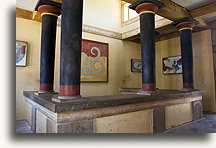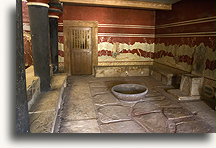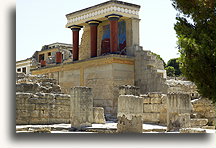Minoan civilization arose on the island of Crete (today's Greece) and flourished from ca. 2600 until ca. 1500 BC. It is now recognized to be the first literate European civilization and Crete in particular to be a place where European civilization was born. First Minoan scripts are written in hieroglyphs resembling Egyptian writing system. Subsequent records are written in the syllable based system called Linear A, and later texts are written in Linear B also used by the Mycenaeans. The latter is considered to be the early form of Greek. Minoan culture built many cities, not only on Crete, but also on other islands, such as Akrotiri on Santorini.
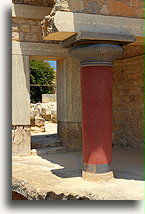
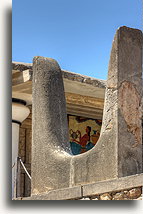
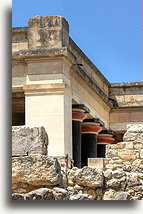
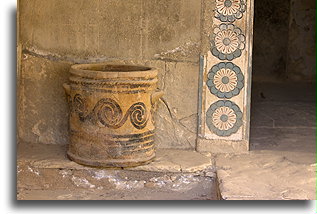
Various palaces of Knossos existed through the most of the Minoan history. They are the evidence of the development and change in the culture and the arts. Knossos on island of Crete was the center of political life. The excavations uncovered here living quarters, central square, warehouses, workshops, and many tools for everyday use. The palace city had three separate water-management systems, for water supply, drainage and sewage. Form an architectural perspective it is interesting to mention that columns at Knossos were constructed from inverted upside down cypress tree trunks. This was to prevent sprouting, but caused that Minoan columns to be wider at the top
